Safety Culture in the News
County Employee Outreach
Commissioners OK $2,500 for branding effort, review more budgets
Commissioners also approved a proposal by county risk manager Jennifer Phelps to create a safety team of county employees to promote a better work environment. Phelps said items of discussion will include safety and incident reporting requirements, housekeeping items and what she described as “atypical” topics outside of the usual ones, such as no texting while driving.
“We need to bring a safety culture to our employees and understand why safety is important, not just for us as a county because everybody thinks if they don’t file a claim they’re OK or they think workers compensation is some bottomless pit of money that doesn’t affect the county,” she said. “That’s not true. It’s like auto insurance — it’s there if you need it, but it costs you money if you use it.”
Chipotle takes employees calling in sick seriously.
Chipotle takes employees calling in sick seriously.
According to Business Insider, the burrito chain has nurses on call that check to see whether employees that call in sick are actually ill and not just hungover.
CEO Brian Niccol made the claim at a conference on Wednesday.
“We have nurses on call, so that if you say, ‘Hey, I’ve been sick,’ you get the call into the nurse,” Niccol said. “The nurse validates that it’s not a hangover — you’re really sick — and then we pay for the day off to get healthy again.”
It’s not just meant as a way to expose or embarrass employees, Yahoo! reports, but to make sure Chipotle restaurants are as clean and healthy as possible.
That stems from an outbreak of the norovirus at the chain in Virginia, which CNBC reports was due to an unenforced sick policy, with managers allowing sick employees to prepare food.
“We have a very different food-safety culture than we did two years ago, OK?” Niccol said at the Barclays conference. “Nobody gets to the back of the restaurant without going through a wellness check.”
Militrary Aircraft Safety: all in a day’s work
Safety: all in a day’s work www.dvidshub.net/news/3540…
In addition to fire hazards and physical injuries, occupational safety applies to the environment Airmen work in. For example, Muhl described an issue with one of the aircraft hangars following safety inspections. It was potentially deemed unsafe and carried potential health risks, but closing it down was not an option. She presented her findings to leadership and they used that information to bring different units together to determine a solution. Mitigating actions were performed to bring the risk factors to the lowest level possible. Getting traction on this hangar issue and keeping it functional until a permanent solution is put into place was one of her biggest accomplishments, Muhl said.
For Muhl, safety is important because it prevents the unintentional loss of manpower and resources.
“We’re not here to get you in trouble, we’re here to help,” Muhl said. “We must promote a safe culture. I’m not trying to make your job harder or put any more requirements on you that aren’t already there. I just want you to use risk management and really think about what you’re doing and whether it’s the safest approach.”
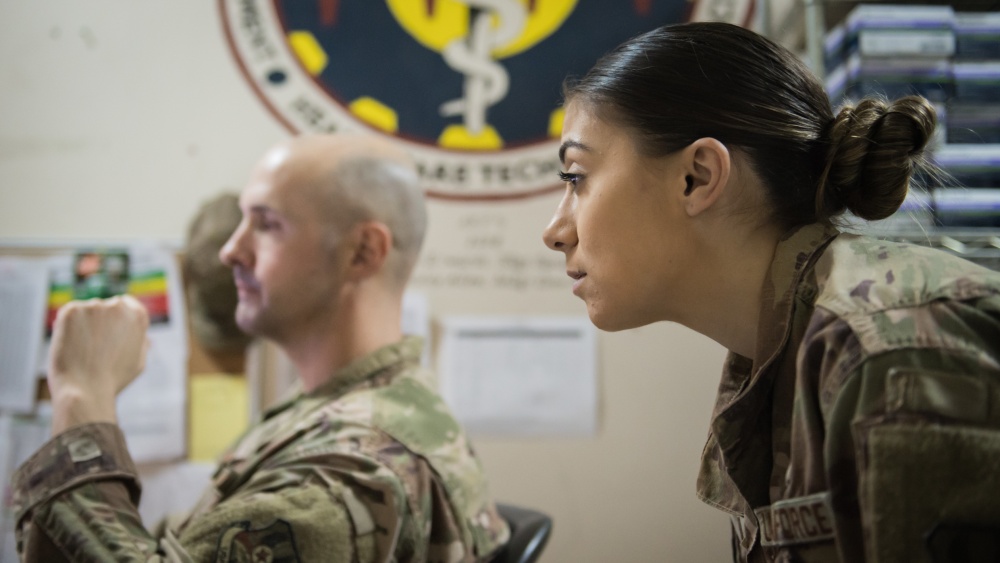
Patient safety in Gambia
Kerala to make road safety part of school curriculum The pathbreaking initiative, by the Kerala Road Safety Authority (KRSA) and General Education Department, has come at a time when numerous lives are lost on the road. Of the fatalities, 40% are pedestrians and 70% of them are children.
“Strict enforcement measures and awareness programmes do not help to bring down the road accidents and fatalities. The aim is to develop a road safety culture among the children with good attitudes and skills, first as pedestrians and cyclists and then when they start driving,” says Road Safety Commissioner, KRSA, N. Shanker Reddy.
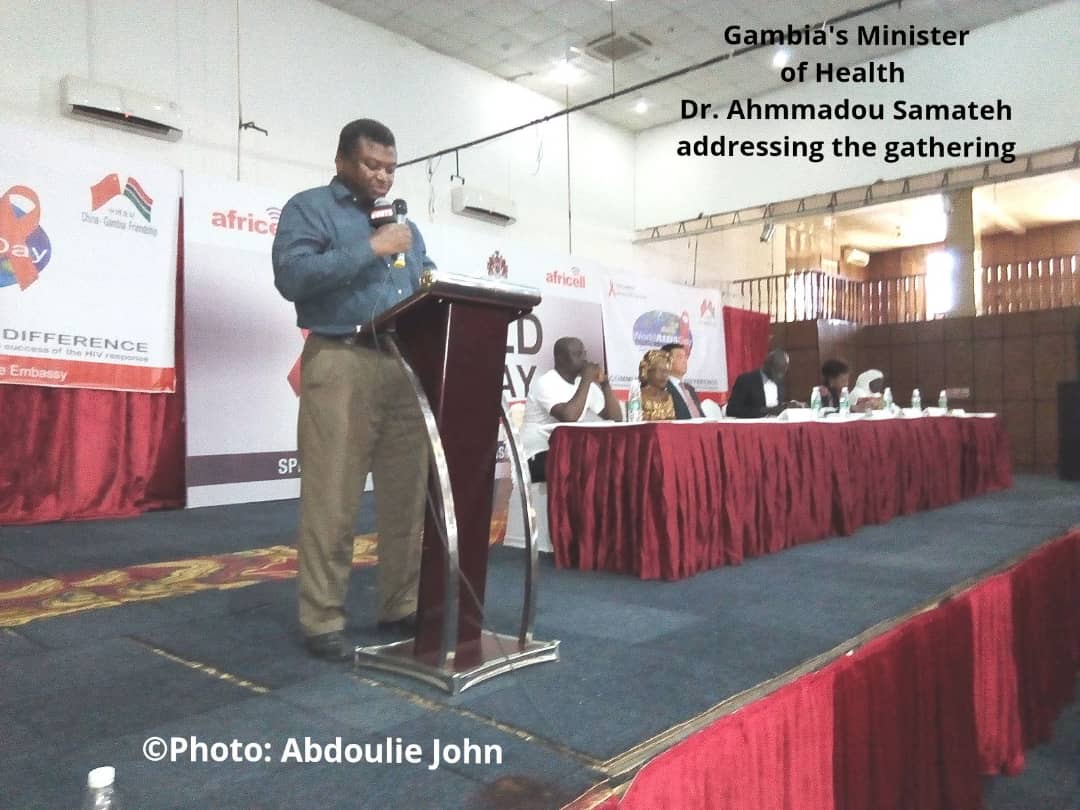
Patient safety in Gambia
High incidence of maternal deaths: Does medical and clinical practice needs stringent regulation? High incidence of maternal deaths: Does medical and clinical practice needs stringent regulation?
It is often asserted that tort law, and the threat of tort law with regulation, is unhelpful in terms of medical care and treatment as the fear of litigation discourages the open admission of medical and clinical errors. To this end, the severe option of criminalising such errors is also viewed negatively from a safety culture perspective.
But as maternal mortality ratio remains stubbornly high due to sepsis, haemorrhage and eclampsia, there is an urgent need for the Government to take measures that would strengthen the regulation of healthcare and clinical practices so as to prevent preventable deaths. It is indeed obligatory on the State to provide the resources and the necessary infrastructures to promote effective healthcare delivery. But also necessary for the Government to adopt a strategy to increase its steering and regulatory capacity; with object of influencing clinical practice if it is to curtail medical malpractices. Without effective legislative framework, patients cannot receive good healthcare necessary to preserve lives.
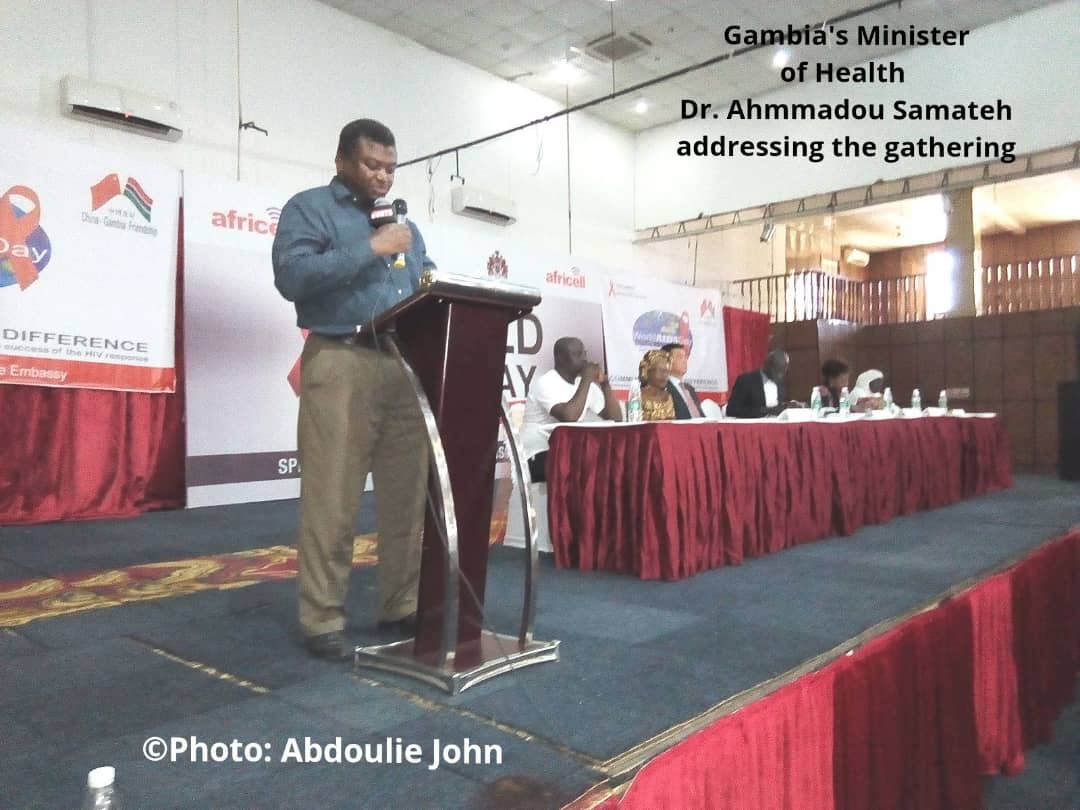
Hospital Administrators Need to Put Patient Safety Above Profits, Health Expert Argues
Hospital Administrators Need to Put Patient Safety Above Profits, Health Expert Argues
Millenson: “As a study of clinician overconfidence in infection control delicately concluded, providers ‘do not recognize the need for training [for themselves] but express this need for others.’ In that context, we perhaps should not be surprised that 40% of respondents to a recent nationwide survey’ on hospital safety culture agreed that ‘hospital management seems interested in patient safety only after an adverse event happens.’”
Millenson acknowledges some push-back, noting that the Society for Healthcare Epidemiology of America in 2007 made the case that its members didn’t just add to costs but that there’s a genuine “business case for infection control. A dozen years later, infection control specialists still feel they need ‘an administrative champion,’” Millenson writes.

In the 1960s, An American Aircraft Carrier Was Almost Sunk (By Its Own Planes)
In the 1960s, An American Aircraft Carrier Was Almost Sunk (By Its Own Planes)
Two deadly collisions involving U.S. Navy destroyers in June and August 2017 may have cost the lives of up to sixteen sailors, leading the Navy to declare a day-long operational pause to reflect upon its safety culture. That such similar accidents took place in such close proximity reflects stresses and failings common to the maritime fighting branch.
In the 1960s, the Navy also suffered a series of deadly accidents aboard its carriers. In their wake came major reforms addressing the inherent dangers of operating ships packed full of explosive munitions, fuel and jet planes. This three-part series will examine why each of the accidents occurred, how the crew responded and the lessons that were drawn from the tragedies.

Nigeria must step up regulation of workplaces
In one case, Mr. Sunday Usenobong fell into the crucible of an iron and steel manufacturing concern situated in Ikorodu. Given that crucibles are the receptacles for melting metal and can reach extremely high temperatures, it is no surprise that he died instantly. In the other case, a moulding machine operator, Mr. Femi Olatunde, had his head trapped in the machine he was operating. He also died on the spot.
Both cases reveal a toxic mix of inadequate training, the lack of protective clothing, the absence of safety procedure, the failure to institute and implement workplace safety measures, and an overall dearth of a safety culture.
How was it possible that the late Mr. Usenobong was working so close to a superheated crucible which apparently did not have any safety barriers? Was he dressed in appropriate clothing, including a helmet and non-slip boots? Was there any signage providing clear warning to workers of safe distances from the crucible, or emergency alarms which would go off the moment safety measures were breached?
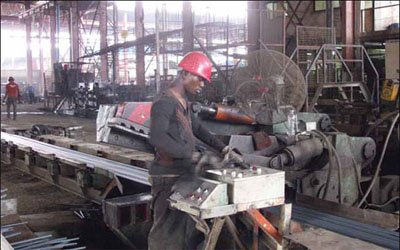
Energy supplier strategic vision
Opito sees a world of difference
These are poised to dramatically improve safety and productivity in our industry by helping people through personalised behavioural and psychological programmes that meet their emotional, mental, and physical needs.
Like Nasa, Opito are on a mission. Ours is to continue to optimise the energy industry’s global safety culture and ensure a skilled workforce for the future. We are driving this through industry-wide initiatives such as the Energy Skills Alliance, which met for the first time last month and also through our excellent employer and delivery partner networks – the training providers – across the world.
In 2020, we’ll continue working together to ensure innovation and developing technologies are used as effectively as possible in the delivery of learning and competence assessment.
Concerns about PG&E reorganization
‘California deserves better.’ Gavin Newsom rips PG&E plan that would ‘prioritize’ profits
The letter was extraordinary in part because PG&E has yet to actually release its new board of directors slate. Previously, the company has promised to replace at least five of 10 current board members to restore “trust and credibility” and improve its safety culture.
Pacific Gas and Electric Co., responding to Newsom’s letter, said: “We understand and recognize the serious concerns expressed by the Governor and share the Governor’s urgency for action. We recognize the importance of adding perspectives to the Board that will bring about the right changes in safety, as well as help address the serious operational and financial challenges the business faces now and in the future.”
PG&E in late January after saying its liabilities from the 2017 and 2018 wildfires could hit $30 billion. The bankruptcy filing has prompted speculation that Pacific Gas and Electric Co. could be forced to sell off major parts of its business to repay its creditors. At the same time, the Public Utilities Commission and state legislators are wrestling with how to ensure that wildfire survivors are made whole but utility rates are kept in check.
UK Job Descripton
UK Athletics Club Operations Manager
This is an outstanding career opportunity with a not for profit charitable organisation committed to providing a diverse and meaningful range of leisure and culture related activities for the local communities in which we serve. Will promote and encourage a strong health and safety culture throughout the centre
Job Description
Senior Director, R&D Sterile Engineering
Develop a strong safety culture that encourages taking the right amount of time to perform each task safely.
Robinson Crash highlights Lack of Powerline Maps
Robinson Crash highlights Lack of Australian Powerline Maps
(http://www.australianflying.com.au/latest/robinson-crash-highlights-lack-of-powerline-maps)
“While this accident was a private aviation operation, the significance of this report for aerial application safety–including firebombing–is obvious.
“If all state electricity regulators and power companies took the same safety-based approach as Qld and NSW already have (voluntarily because of their clear safety culture), this would make a very real and practical improvement in low-level aviation safety for very little cost.”
“There are also a number of spin-off benefits of marking powerlines–especially for farmers–who can make their farms safer for trucks and other tall machinery such as headers and cotton pickers as well as aerial contractors.
Read more at www.australianflying.com.au/latest/ro…
A review of the business resilience issues facing the UK food sector in 2020
This is no easy task – and there is no ‘one size fits all’ solution to create a food safety culture within a business – a programme that works for one FBO won’t necessarily work for another. Similarly, activities that work for one part of a business might need adapting for another. Tailoring might also be necessary for employees in different roles, in different locations or in any number of ways specific to the organization.
But perhaps the crucial factor in determining the strength of a food safety culture is the attitude and style of the local leadership. If the local restaurant manager doesn’t demonstrate a strong commitment to food safety, then it is unlikely that their employees will either, even if the senior management team at regional and head office recognises its importance.
Your Local Hospital Is Much More Dangerous Than It Could Be
Your Local Hospital Is Much More Dangerous Than It Could Be
“Nobody goes to work in the morning to harm a patient,” is a health care truism. Yet a national survey of hospital patient safety culture found that 40% of respondents agreed that “hospital management seems interested in patient safety only after an adverse event happens.” Perhaps coincidentally, 43% of hospitals earned a “C,” “D” or “F” grade in the latest report from the Leapfrog Group, a nonprofit that publishes patient safety report cards on individual hospitals.
The challenge with regard to patient harm is changing from a culture that sees “inevitability” to one that is passionate about “preventability.”
Fatigue Management in Australia truck fleets
Operators say AFM makes them safer and more productive
A SURVEY of close to 40 heavy vehicle operators using Advanced Fatigue Management (AFM) has found they had fewer fatigue-related incidents, an improved safety culture and higher productivity.
NHVR Principal Safety Assurance Advisor Andreas Blahous said that the NHVR study followed calls for the Heavy Vehicle National Law (HVNL) to allow for increased flexibility when effective fatigue management systems are in place.
“The study demonstrates the significant benefits of AFM and a more flexible fatigue management framework for both safety and productivity,” Mr Blahous said.
Legal aspects of Australian occupational safety
Industrial manslaughter now a crime in Victoria with maximum penalties of $16.5m and 20 years’ jail - are you ready? Preparing for industrial manslaughter laws
The legislation highlights a strong focus on organisations achieving a culture of compliance which we expect WorkSafe Victoria’s investigations will target in relation to possible offences of industrial manslaughter. With this in mind, it is important for businesses that they ensure adequate OHS systems, instruction training and supervision, but also place a heavy focus on worker engagement and a strong safety culture.
Driving air safety, security at the apron
Driving air safety, security at the apron
Rising incidents involving airlines, ground handling companies and other ancillary services providers at airport aprons are attracting the attention of regulators, especially because of their attendant effects on safety and security. Experts say enhanced training, improved regulation and adherence to operational procedures may reduce infractions at the air side, writes KELVIN OSA OKUNBOR.
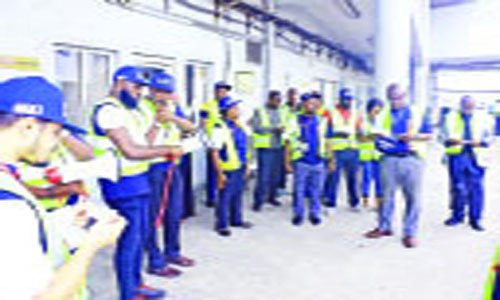
Health Concerns Mount as More Old Sewer Pipes Are Lined with Plastic
Health Concerns Mount as More Old Sewer Pipes Are Lined with Plastic Residents near renovation sites claim noxious emissions from pipe inserts are making them sick
Two years ago, a worker died on the job while inside an underground pipe being renovated with CIPP. An autopsy seen by this writer stated that the cause of death was drowning but that styrene toxicity contributed to it. The incident prompted an OSHA investigation. As a result, the company paid $55,000 in penalties, in part for exposing employees to levels of airborne styrene exceeding the agency’s worker safety limits. Many photographs show CIPP workers who are not using respirators that could protect them from inhaling emissions, raising questions about the safety culture at job sites.
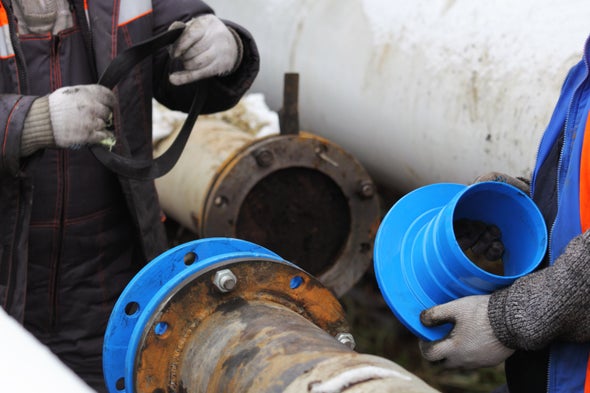
Accuform celebrates 5 years without a lost-time accident
Accuform celebrates 5 years without a lost-time accident
Accuform’s President, Rob Ogilvee and Safety Director Mike Giovinazzi take no credit for the 1825 days that Accuform has gone without a lost-time accident in the workplace. That credit goes to their 270 employees who have embraced a “culture of safety,” putting best practices to use with regard to themselves as well as their co-workers.
The staff and management of Accuform celebrated their accomplishment on Monday, Nov. 11, 2019 with an outside BBQ and games, as well as picking up new t-shirts commemorating the occasion and a desk toy called “Pinch Point Pattie,” part of a collection of action figures depicting OSHA (Occupational Safety and Health) violations that can cause workplace injury.
Accuform is a member of the Justrite Safety Group, a global workplace safety company with 1700 employees worldwide. According to President and CEO, Mark McElhinny
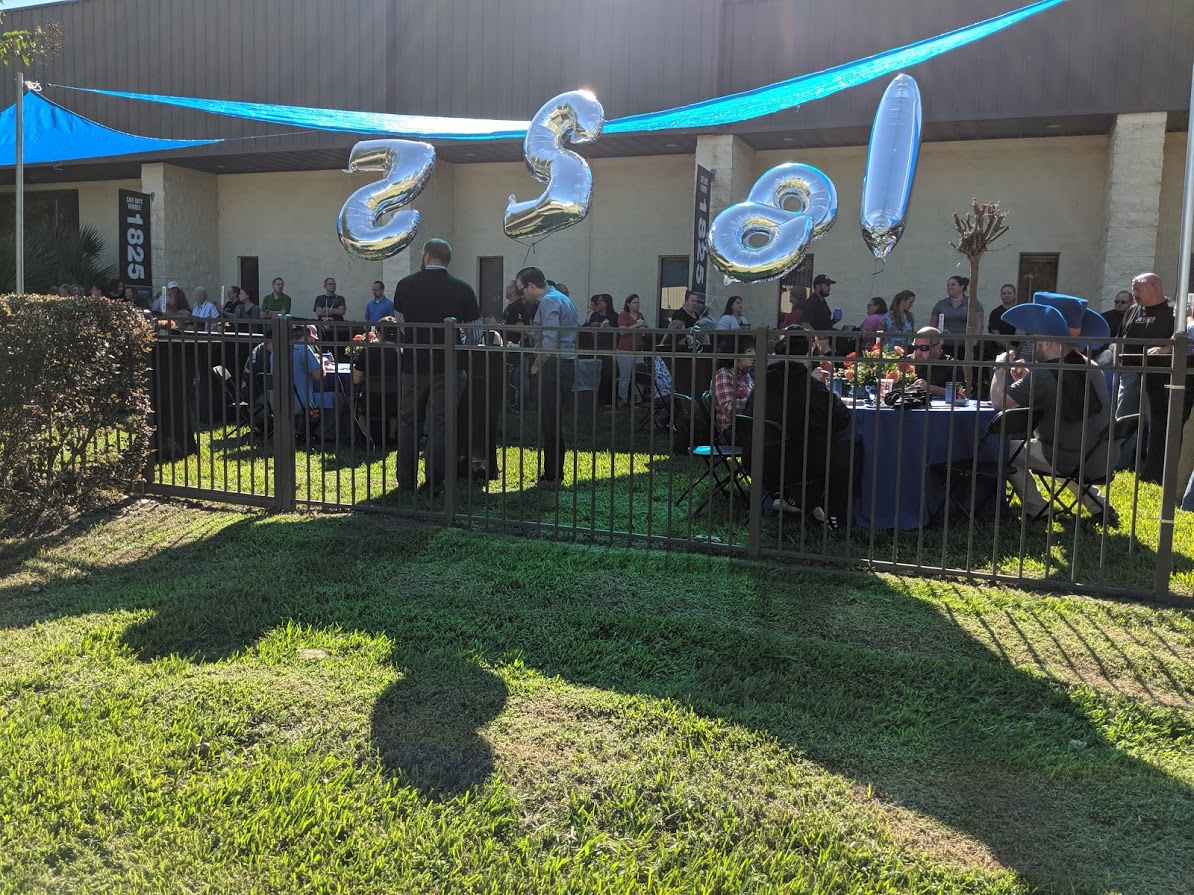
'3 didn't make it home tonight'
‘3 didn’t make it home tonight’
Experts have pointed out that the lack of safety culture and safety climate are the direct causes for workplace accidents in construction sites. The National Institute of Occupational Safety and Health in the U.S. defines these terms as follows:
“Safety culture” involves deeply held but often unspoken safety-related beliefs, attitudes, and values shared by employees and employers that affect how things are done in an organization. Safety culture is a subset of, and clearly influenced by, organizational culture. Organizations often have multiple cultures or subcultures, and this may be particularly true in construction.
A “safety climate” is defined as the shared perceptions of safety policies and procedures by members of an organization at a given point in time, particularly regarding the adequacy of safety and consistency between actual conditions compared to espoused safety policies and procedures. Homogeneous subgroups tend to develop shared perceptions while between-group differences are not uncommon within an organization.
What’s not said, especially in Korea, is that both safety culture and climate are themselves subsets of the national culture on this issue, one that doesn’t believe that human lives are paramount to economic activities. It’s one of the unspoken and pernicious side-effects of the Miracle on Han River in which the “Ppali, Ppali” and “Get it done at all costs” spirit took precedence over human safety and lives. This wasn’t just rogue companies cutting corners. This was a national philosophy and policy to prioritize economic growth at all costs. Human lives, especially those of the blue-collar laborers, were a commodity that could be cheaply replaced. Safety was a luxury that couldn’t be afforded.

Incident Management Follow up Lessons
Durham, NC fire chief cites lessons learned from deadly gas explosion
DURHAM, N.C. (WTVD) – Seven months after Durham’s deadly gas explosion, Durham Fire Chief Robert Zoldos is reflecting on his team’s response, which he says went extremely well.
A total of 97 firefighters responded to the chaos.
Zoldos said that for most of them, it was their first major disaster.
“I learned a lot about my staff. I was relatively new. I had just been here a few months when this happened,” Zoldos said.
Two people died and 25 people were injured. Nine firefighters were hospitalized, including Darren Wheeler, who was seriously injured.
“We’re thrilled to have him back. That was really the scariest moment for us. To possibly lose someone in the line of duty,” Zoldos said. I think there’s a lot of learning all of us could do as far as how to command control of such a big incident.”
In a newly released report, Zoldos highlighted 11 ways his team plans to improve safety and response.
Among the top priorities:
All firefighters must wear the proper protective gear to keep them safe when responding to a hazmat scene, explosion or building collapse.
That did not happen on April 10. Some wore borrowed gear.
Effective immediately, more units will respond to the smell of gas downtown or in densely populated areas.
Rich Meyer, a Carolina Livery bus driver was parked across from the explosion on North Duke Street which, Chief Zoldos says was partially shut down. Moving forward, he said firefighters will feel empowered to fully close streets.
“Us stopping it a little earlier - 30 minutes earlier might have had a little bit more safety for us and we would not have had to worry about people in the street as well,” he said.
Zoldos said the department needs a total of 75 firefighters to meet national and federal safety standards. He’s working with the city to hire 15 each year during the next five years.
Workplace Wellness and Safety in Municipal Workers
Research Team Offers Healthy Take on Workplace Wellness Programs
In a national survey of workplace wellness programs in municipal governments, researchers from The University of Texas at Dallas identified five best practices that reduced health care costs and improved productivity.
…The UT Dallas team identified five components of successful programs that reduced health care costs and improved productivity:
Workplace safety education and awareness programs are significant factors. Conscientious employees who understand risk help to prevent injuries and subsequent hospitalizations, Kiel said.
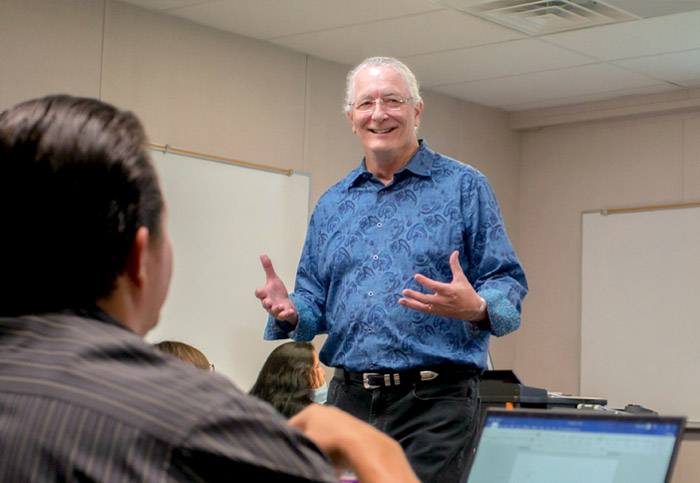
Forklift Safety in the UK
Forklift Safety: It’s no accident
National Forklift Safety Convention focuses on the need for front-line leadership and a culture of trust The presentations may have been diverse but a single, powerful theme ran through this year’s National Forklift Safety Convention: the need for strong, authentic and engaged management creating an environment where staff feel heard, valued, and genuinely involved. The result is a virtuous loop where all feel free to speak openly and honestly in order to sustain a common and evolving safety culture.
Organised by the Fork Lift Truck Association and attended by hundreds of managers and supervisors from all sectors, the award-winning event was opened by FLTA Chief Executive Tim Waples, who gave a poignant address. Calling for an industry-wide change in attitude, he said: “An ‘accident’ sounds apologetic, like it’s just one of those things that couldn’t be helped, but the truth is all ‘accidents’ can be prevented.”
UK offshore wind power
Health and safety on UK offshore hub agenda
“It is fitting that with the OWIH roadmaps we now take these considerations into account when assessing the future priorities for our sector.”
G+ general manager Kate Harvey said: “We welcome the inclusion of the new criteria as a consideration when deciding the innovation priorities for the offshore wind sector.
“The health and safety performance of the sector is improving, even as the industry sees a continuing increase in installed capacity – a sure sign of a mature sector with an improving safety culture.